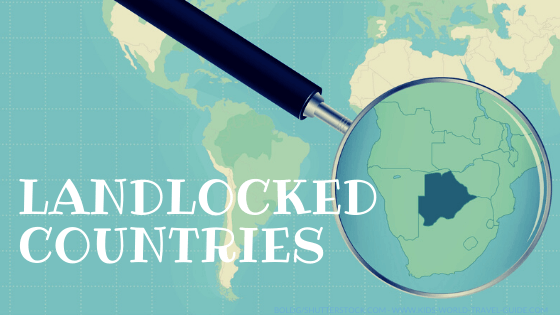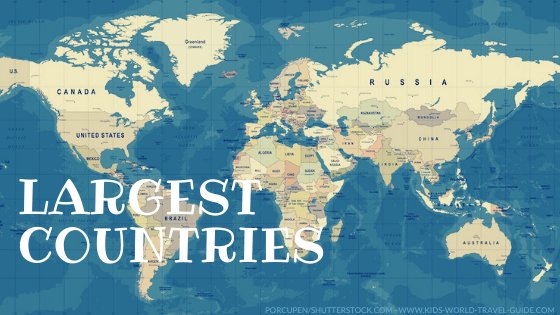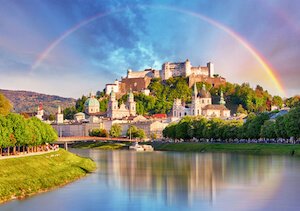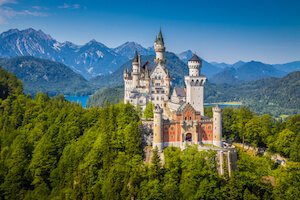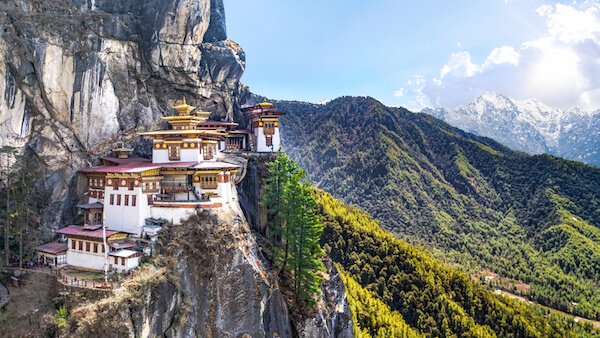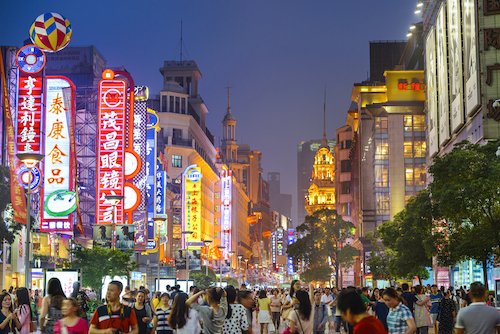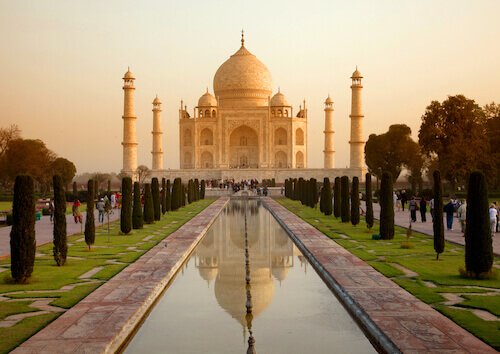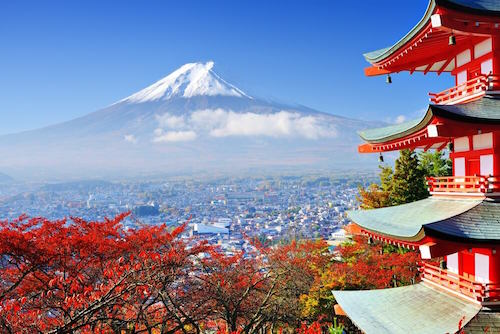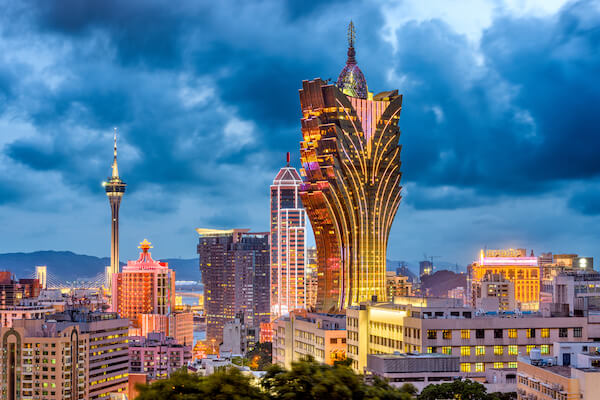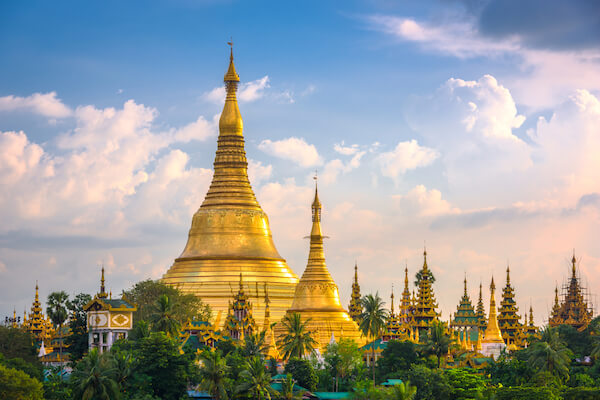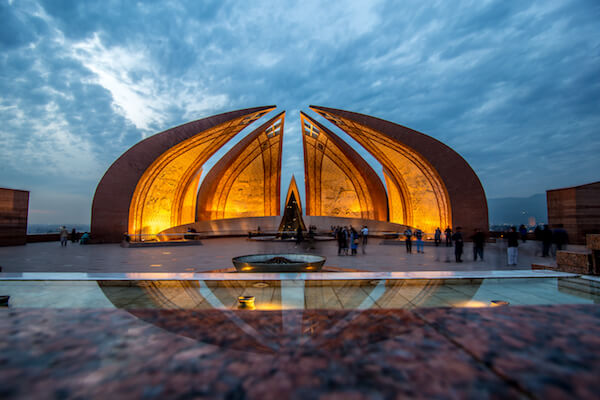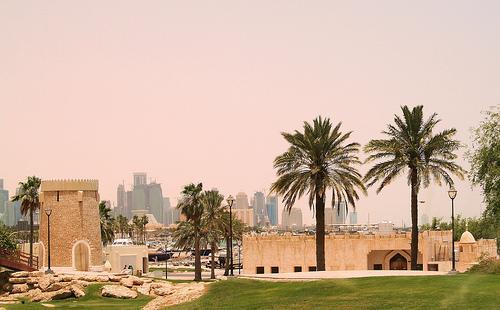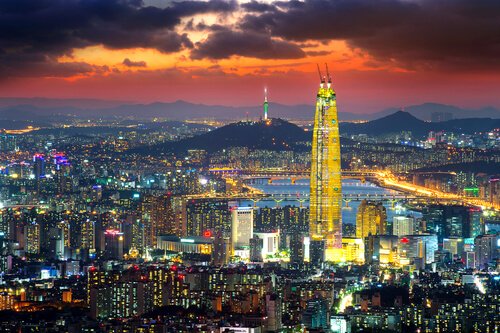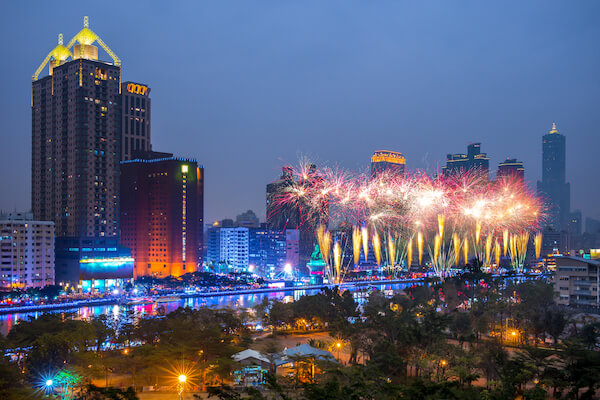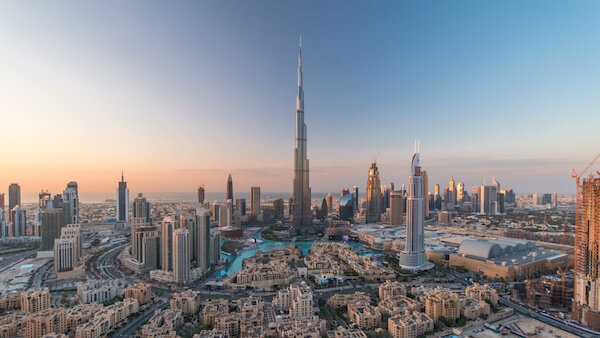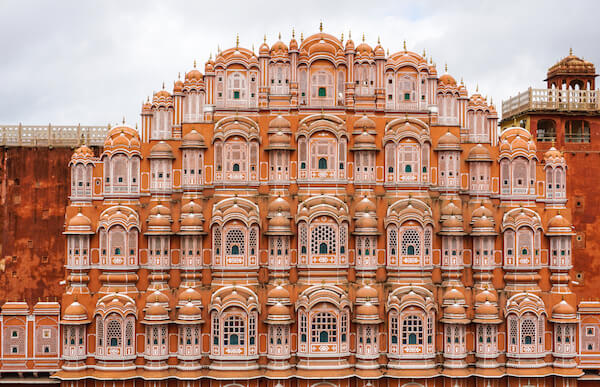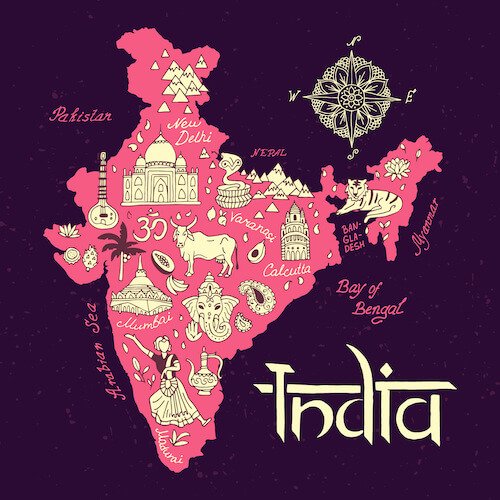- Homepage
- 7 Continents
- Cities around the World
Cities around the World
World Cities Facts
Did you know that there are about 12,000 cities around the world? On 31 October we celebrate World Cities Day!
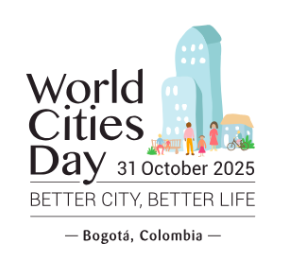
World Cities Day is celebrated since 2014 to create awareness on how we can make cities better, greener and more friendly places to live in. It is a special day created by the United Nations to help us think about our cities. This year, World Cities Day celebrations are taking place in Bogotà in Colombia.
Here are some fascinating facts about cities around the world. And you will find some awesome infographics with updated cities statistics and important facts about the world's largest cities and megacities.

More than 8.2 billion people live on our planet today. The world population is growing every day and so are the cities around the world. There are around 10,000 to 12,000 cities worldwide. About 570 of these are referred to as large cities and 37 of them are called 'megacities'.
Did you know that every week, about 3 million people move to cities somewhere in the world?
What is a megacity?
The United Nations defines a megacity as an urban area or metropolitan city where at least 10 million people live.
In 2025, there are 37 megacities around the world. The ten largest cities or megacities in the world are:
- Tokyo/ Japan - 37 million inhabitants
- Delhi/ India - 34 million
- Shanghai/ China - 30 million
- Dhaka/ Bangladesh - 25 million
- São Paulo/ Brazil - 23 million
- Cairo/ Egypt - 23 million
- Mexico City/ Mexico - 23 million
- Beijing/ China - 22 million
- Mumbai/ India - 22 million
- Osaka/ Japan - 19 million
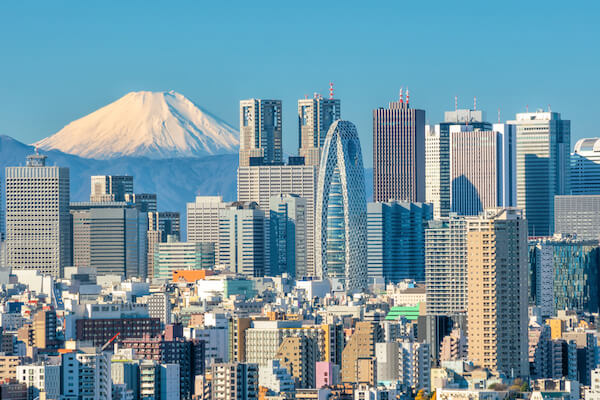 Tokyo skyline
Tokyo skylineCities around the World
Facts about Cities
Roughly 4.7 billion people, which is 58% of the world population, live in cities and urban areas in 2025 and about 14% of the world's population live in one of the world's largest cities!
In 2010, only about 10% of the world population lived in megacities and the world's largest cities are growing enormously.
The growth rate for these megacities is rising quickly at about 3% per year for Dhaka/ Bangladesh and 2.5% in Delhi/ India. Cities in Asia will continue to grow at a fast pace. And even higher growth rates are known for the African continent where cities like Kinshasa/ DRC grow already by 5% every year!
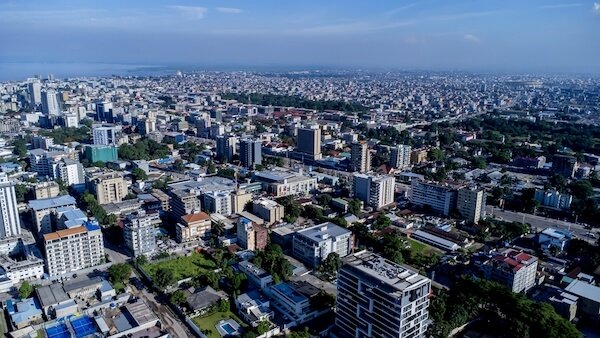 Kinshasa - image by Issa Kashala
Kinshasa - image by Issa KashalaAnd as the population in cities around the world grows as well, the number of megacities will increase in the coming years.
By the year 2035, there will be 43 megacities and in 2050 there will be 47 megacities as projected by the World Economic Forum.
Let's learn some basic facts about megacities around the world:
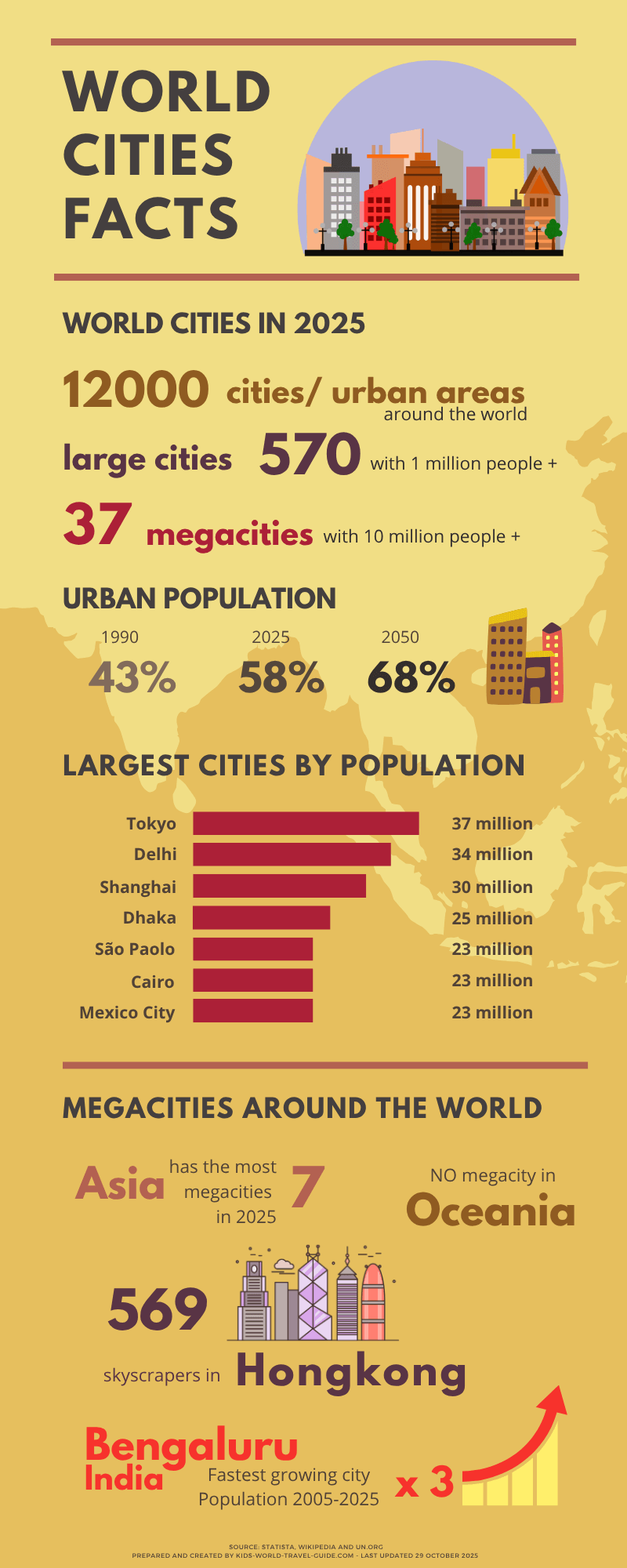
Which are the 37 megacities in 2025?
There are several lists naming megacities, some say there are 37 megacities, others refer to 30 and again others name 40 megacities. The numbers vary due to the various statistics and population data used by the data analysts and organisations. However, these 37 cities are found in all listings we have checked:
- Asia: Bengaluru, Bangkok, Beijing, Chennai, Chongqing, Delhi, Dhaka, Guangzhou, Hyderabad, Jakarta, Karachi, Kolkata, Lahore, Manila, Mumbai, Nanjing, Osaka, Pune, Seoul, Shanghai, Shenzhen, Tianjin, Tokyo, Wuhan
- Africa: Cairo, Kinshasa, Lagos
- Europe: Istanbul, Moscow
- North America: New York, Los Angeles, Mexico City
- South America: Bogota, Buenos Aires, Lima, Sao Paolo, Rio de Janeiro
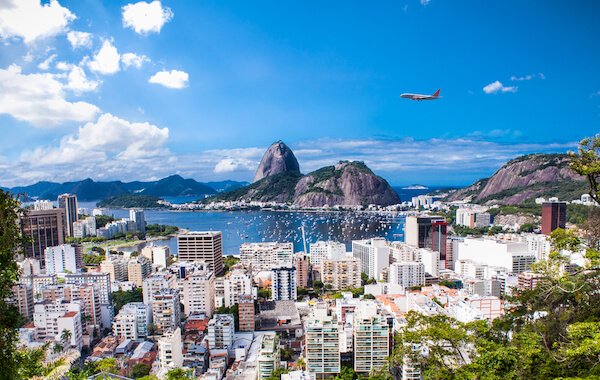 Rio de Janeiro
Rio de JaneiroWhich continent has the most megacities in 2025?
Asia is the most populous continent and houses the most megacities in the world. There are already more than 25 mega cities in Asia, with some large cities such as Surabaya (Indonesia) and Manila (Philippines) reaching megacity status soon.
There are also several megacities in the making in Africa with Johannesburg (South Africa), Luanda (Angola) and Nairobi (Kenya) coming swiftly closer to the megacity mark every year.
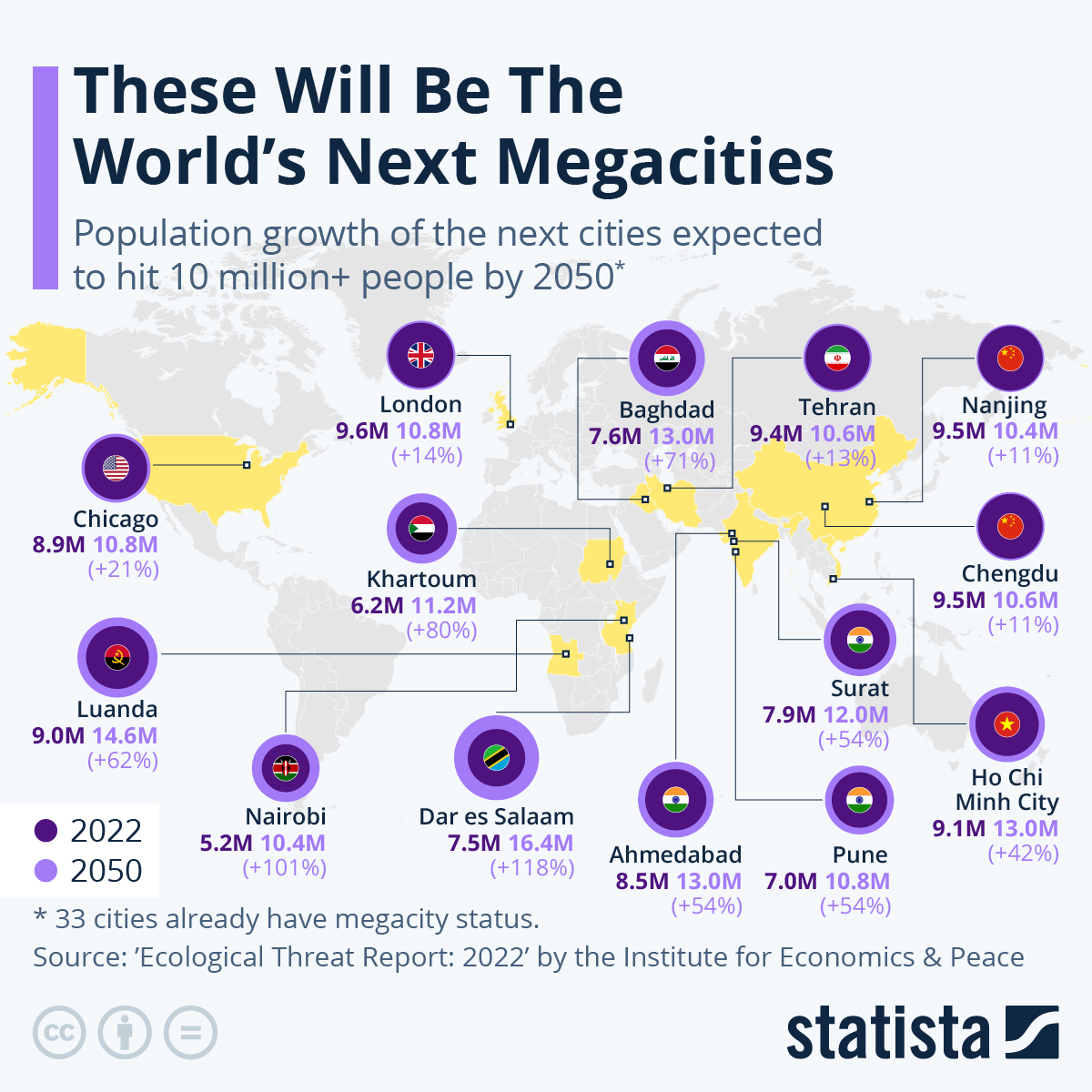 You will find more infographics at Statista
You will find more infographics at Statista
Which countries have the most megacities in 2025?
China and India, the most populous countries in the world, house a third of the world's megacities. There are seven megacities in China and six in India.
- China: Shanghai, Beijing, Guangzhou–Shenzhen, Chongqing, Tianjin, Chengdu, Wuhan
- India: Delhi, Mumbai, Kolkata, Bengaluru (formerly called Bangalore), Chennai, Hyderabad
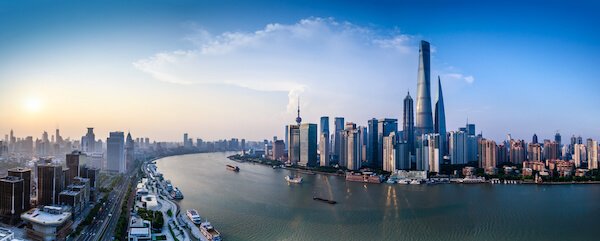 Shanghai skyline
Shanghai skylineJapan (Tokyo and Osaka), Brazil (São Paulo and Rio de Janeiro), Pakistan (Karachi and Lahore) and the USA (New York City and Los Angeles) follow with two megacities each.
Which are the fastest growing cities?
In 2035, the world population is predicted to grow to almost 9 billion people. Especially cities in Africa and Asia will grow when the population numbers increase in countries such as Nigeria, Tanzania, Bangladesh and India.
The fastest growing city in the world is Bengaluru in India. The city population tripled in the last 20 years and now this megacity has 14 million inhabitants. It is estimated that Bengaluru will grow at a similar pace until 2035 and then still be the fasting growing city!
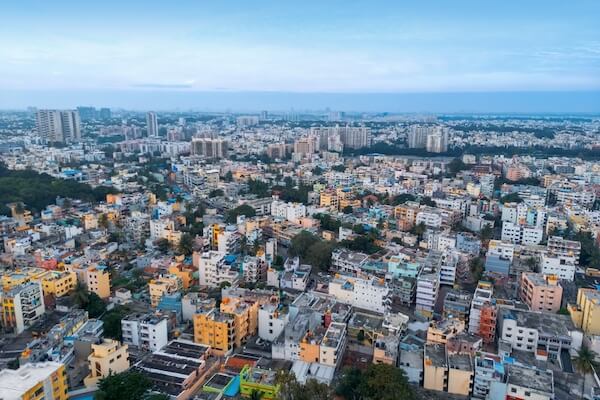 Bengaluru aerial - image by SNEHIT Photo/shutterstock.com
Bengaluru aerial - image by SNEHIT Photo/shutterstock.comIndia is already the most populated country in the world and especially the metropolitan area is expected to grow by 2.5% in the next ten years.
Even higher growth rates of 4% are expected for Lagos in Nigeria, Dar es Salaam in Tanzania and Kinshasa in the Democratic Republic of Congo.
Why are megacities growing so fast?
Most of the fast growing megacities are located in developing countries with a young population. Some megacities grow by 3–5% each year.
There is also a high migration from rural areas to the cities as people move from the villages to cities for better jobs and better education.
What is the largest city in land area?
Cities and urban regions can spread over large areas and include suburbs and satellite towns.
The largest metropolitan area or megacity in land area is Greater Tokyo and area that spreads to Yokohama, Kawasaki and Chiba in Japan. In land area this region is as big as the country of Puerto Rico!
Moscows, the most populous megacity in Europe with 14 million people, is also by land area the largest city in Europe.
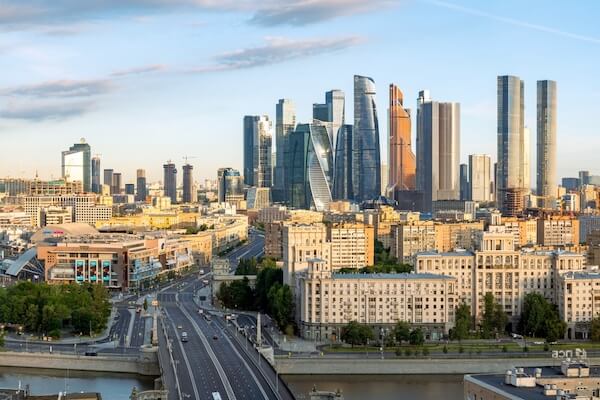 Moscow skyline - image by Katerina Elagina
Moscow skyline - image by Katerina ElaginaOn the other hand, Tokyo has a population of 37 million people and this means that four times as many people live in the Japanese capital city than in London/ UK, Europe, second largest city!
Which are the oldest megacities?
The oldest megacities are New York/ USA and Tokyo/ Japan. Both cities already had more than 10 million inhabitants in the 1950s.
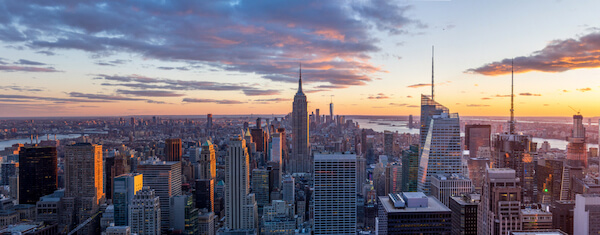 New York skyline
New York skylineNew York/ USA was the first city in the world that hit the 1 million mark for city population. This milestone was already reached in 1925!
Interestingly, Beijing/ China was the first city to have more than 1 million people around 1800. Then, London/ UK grew tremendously and was the first city to reach 2 million people around 1850.
Which continent does not have a megacity?
Oceania is the only continent without megacity, where no city has 10 million inhabitants.
The largest metropolitan cities in Oceania which are located in Australia house less than 6 million people. Sydney has about 5.2 million inhabitants while Melbourne houses about 5.4 million people.
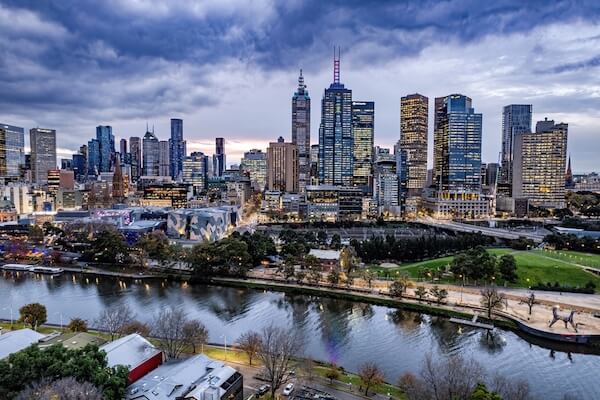 Melbourne skyline - image by Paul Harding 00/shutterstock
Melbourne skyline - image by Paul Harding 00/shutterstockMelbourne is Oceania's most populous city. There is no megacity in Oceania.
Auckland, New Zealand's largest city, is home to about 1.7 million people.
Which countries have the most large cities?
There are about 570 cities in the world that are referred to as 'large cities' which means urban areas which house more than 1 million people.
The countries with most cities are:
- China with about 1,000 cities
- India with about 400 cities
- USA with about 300 cities and
- Brazil with about 250 cities
Can you name some large cities that are located in these countries?
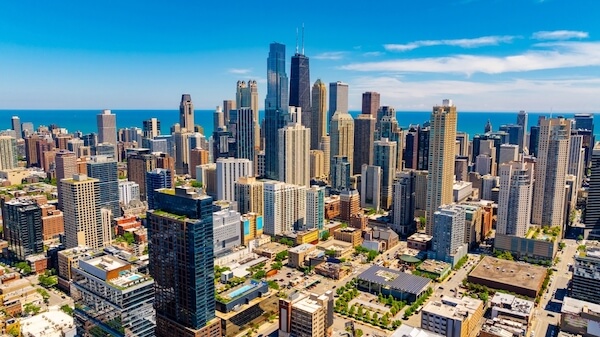 Chicago skyline
Chicago skylineThe USA has many large cities, Chicago is the third largest city of the country, but with a population of about nine million people not yet considered a megacity.
In 2050, about 68% of the world population will live in cities and urban areas!
World Cities Superlatives
- The country with the most megacities is China.
- Hong Kong is the city with the most skyscrapers. In this city, there are currently 569 buildings that are taller than 150 metres or 492 feet.
- The continent without a megacity is Oceania, besides Antarctica of course.
- The most densely populated city is Manila with 46,000 people per square kilometre or 119,000 people per square mile.
- Singapore is the largest city-state in the world by land area.
- Brazil is the country with the most cities that have 100,000 or more people (346 cities) and the USA is the second ranking country (334), while China is the country with the most cities that have 1 million inhabitants and more (105).
- The city with the youngest population is Kampala in Uganda where more than 48% of the population are younger than 15 years.
 Ugandan pupils - image by Omri Eliyahu/shutterstock.com
Ugandan pupils - image by Omri Eliyahu/shutterstock.com- The cities with the oldest population are often said to be in Japan. Cities such as Sapporo have a population of more than 30% that is older than 65 years.
- The fastest growing city in the world for the last 20 years is Bengaluru in India.
- The currently fastest city growth rate is experienced for the relocated capital city of Nigeria. Gwagwalada which is about 45 km/ 28 miles south of Abuja, has a growth rate of more than 6%. Abuja is Africa's fastest growing city.
- The oldest continually inhabited cities include Damascus, Jerusalem, Varanasi, and Athens
- The newest cities include planned cities like Putrajaya in Malaysia and Neom in Saudi Arabia.
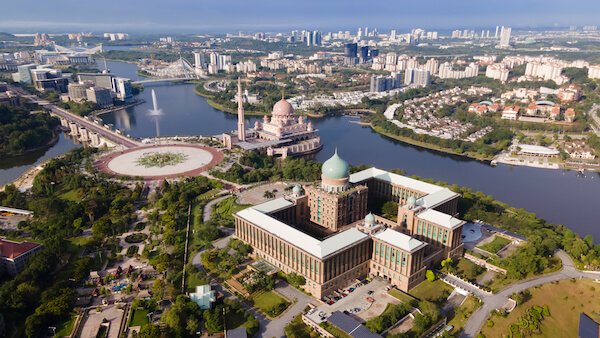 Putrajaya
PutrajayaCities around the World
World Cities Quiz
1. Which continent has most megacities?
2. Which city has the youngest population?
3. Which is the fastest growing city and in which country is this city?
4. Which city is known for more than 500 skyscrapers?
5. Which country has the most cities and urban areas with a population over 100,000 inhabitants?
6. Which is the largest and most populous megacity?
7. Which populated continent does not have a megacity?
8. Which is the largest of the world's city-states?
9. Which are the two oldest megacities?
10. Which country has the most cities?
Cities around the World Quiz
Answers
Cities around the World
World Cities Facts Resources
Useful Resources for this Cities around the World page:
- United Nations. "World Population Dashboard." UNFPA. Last accessed 28 October 2025
- Geographical. "The world’s fastest growing cities by population". Geographical. Last accessed 28 October 2025
- Statistisches Bundesamt. "The largest cities worldwide." Destatis. Last accessed 29 October 2025
- Blue Marble Citizen. "2025 Megacities." BlueMarbleCitizen. Last accessed 29 October 2025
- World Population Review. "Largest cities by population in 2025." World Population Review. Last accessed 29 October 2025
- Anna Fleck. "The World's Next Megacities." Statista. 19 January 2023. Last accessed 29 October 2025
- United Nations. "World Cities Day." UN. Last accessed 29 October 2025
- Avery Koop. "Mapping the World’s Youngest and Oldest Countries." Visual Capitalist. 12 February 2021. Last accessed 29 October 2025
Images on Cities around the World for Kids: Shutterstock.com
Go back from Cities around the World to Geography Facts
Return from Cities around the World to Kids-World-Travel-Guide Homepage
KidsWorldTravels
Travel Guides
More about Countries and Territories in Asia
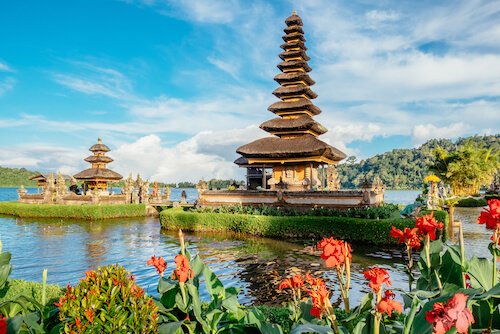 Indonesia
Indonesia Nepal
Nepal Sri Lanka
Sri Lanka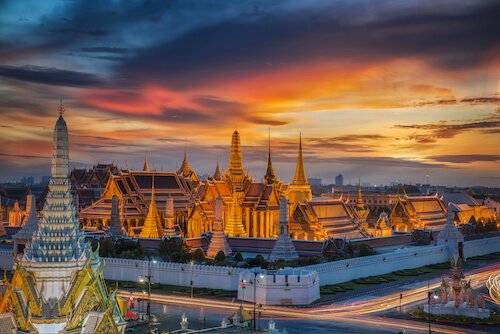 Thailand
Thailand











